Does my child need a full face helmet when cycling?
"Should I buy a full faced cycle helmet for my child?" is a question that we get asked a lot here at Cycle Sprog HQ, and in the past few years we’ve seen a big increase in the number of young children wearing full-faced helmets whilst out riding their bikes.
It might seem like a no-brainer that more coverage of the face equals better all-round protection, but is that actually the case?
Whilst it goes without saying that parents want to protect their children from all dangers, there’s a few things you need to think about before making the decision as to whether a full-face cycling helmet is the correct choice for your child.
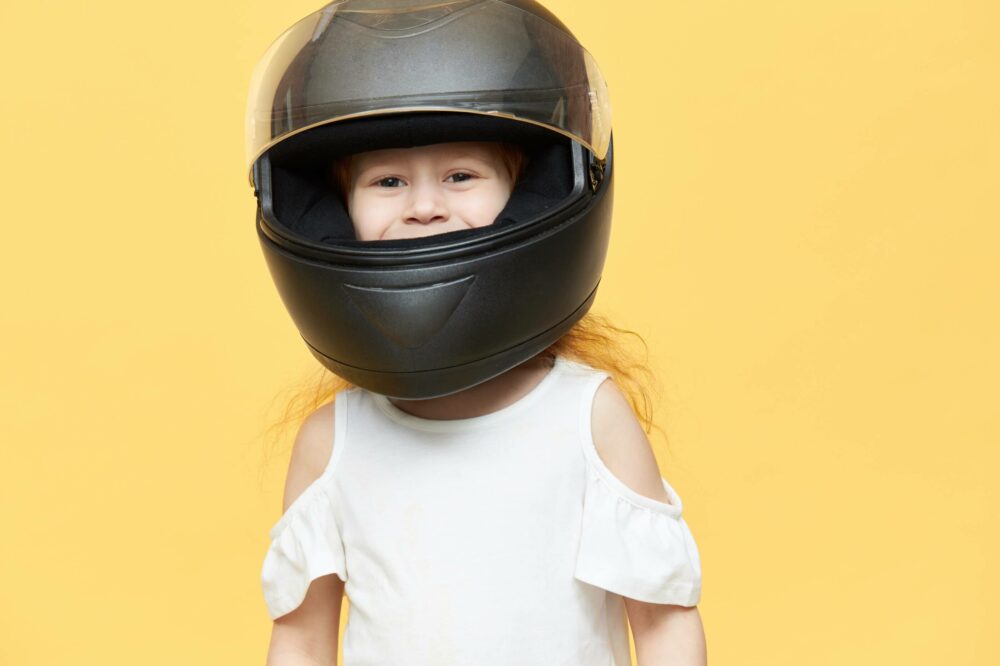
Does my child need a full faced cycle helmet when cycling?
The quick answer is probably no, for most types of cycling, especially if your child is just learning to ride their bike or is riding on the roads.
In these circumstances then a full-face helmet might cause more safety issues than it solves.
However, there are some types of cycling that might necessitate the use of a full-face helmet, such as BMX racing, downhill mountain bike racing or jumping at bike parks.
These are high speed, high risk cycle disciplines and have a higher degree of risk of accidents than other cycling activities.
If your child is taking part in such sports, then you’re probably already in contact with coaches and other experts who can advise you on the best type of bike helmet for the type of riding they are doing.
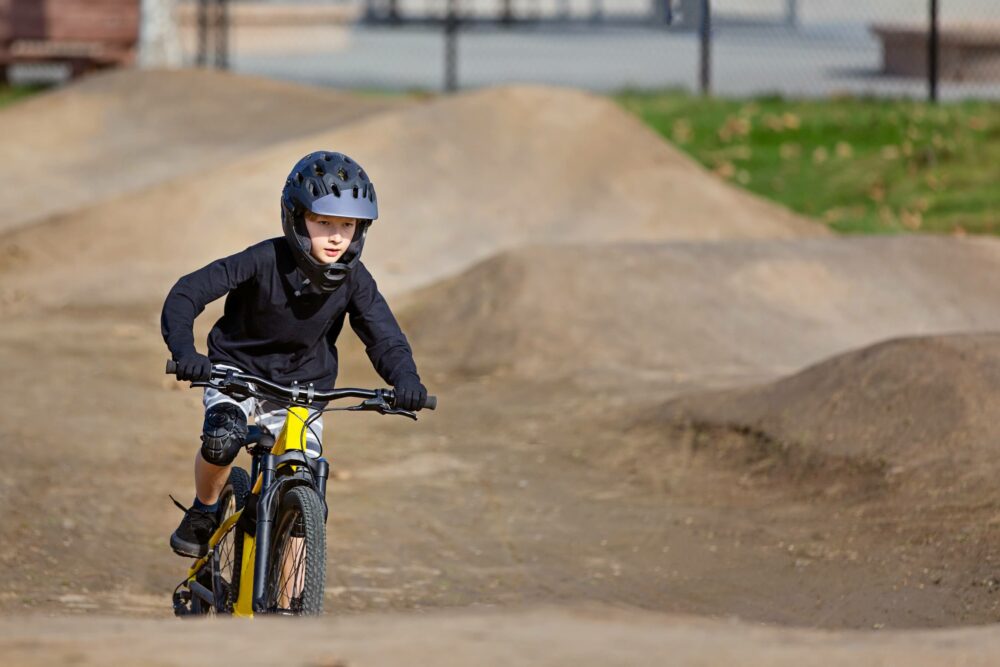
A quality full-face kids cycle helmet is designed to provide protection to their mouth and jaw as well as their brain.
But please note that we’ve said “quality full-face kids cycle helmet”.
If you’re thinking of buying your child an adult full-face cycle helmet, or a very cheap kids full-face helmet that doesn’t meet relevant safety standards for kids bicycle helmets, or even buying a motorcycle helmet, then there are a number of risks that you need to consider.
Some brands are now offering lightweight child-size cycle helmets with a detachable chin guard, which can be added when required. These can offer a good "halfway house" if you want one helmet to use for multiple types of riding.
Safety considerations with wearing a full-face helmet when cycling
It may be tempting to go the “whole nine yards” and get a full-face helmet the moment your child starts to learn to ride their bike.
However, this should be tempered with a degree of caution as there are some negative aspects to the use of a full-face helmet.
Weight on their neck and spine
The major difference between many full-face helmets and a normal cycling helmet is their weight.
Full face helmets can be much heavier than a traditional helmet - especially if they're designed for motorsports, or for an adult.
A child’s neck doesn’t have the muscular strength and stability of an adult’s neck, so this is a very important consideration.
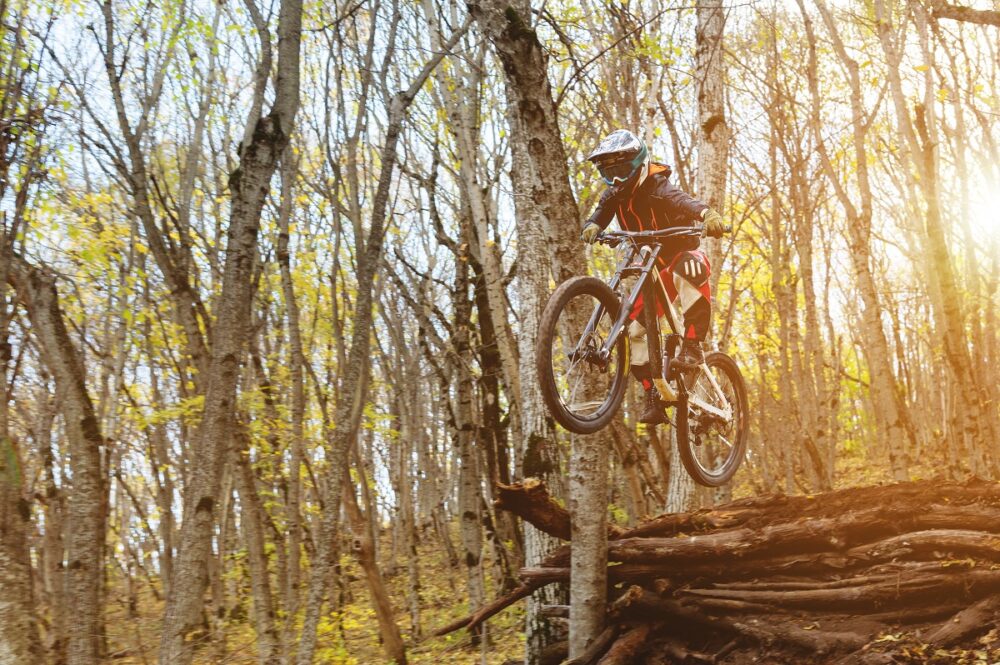
Putting a heavier weight on their head increases load at the point where the neck pivots. This can cause severe neck issues and can actually increase the risk of a neck injury.
After a string of neck related injuries downhill riders began wearing neck braces developed specially for mountain biking. These braces work by limiting the range of movement in the neck, similar to what a racing car driver would wear.
In the event of an accident a neck brace stops the head “whipping” which can cause whip lash or worse.
However, neck braces aren’t without criticism. Some riders feel that they increase the risk of broken collarbones as in the event of a sideways fall onto the shoulder a neck brace can stop the range of movement of the shoulder on impact whilst driving the edge of the helmet and brace into the collarbone.
Unfortunately a lot of the feedback on this topic is anecdotal with very little data on the topic collected specifically for bicycle helmets.
Restricted vision
Due to the nature of a a full face helmet it covers more of the face. Therefore your child’s field of view can be reduced, with the risk of limiting their awareness of things coming in from the sides.
Whilst this might not be too much of a problem if your child is racing downhill or in an organised environment issues can arise when a full face helmet is used outside of its intended use.
For instance if a child is using a full-face helmet in an urban setting where they need to be aware of traffic then the reduction of peripheral vision can be a real problem.
It can also be problem if they’re not aware of other cyclists, pedestrians or animals are around them – be that in a park, on a pavement or out on the trails.
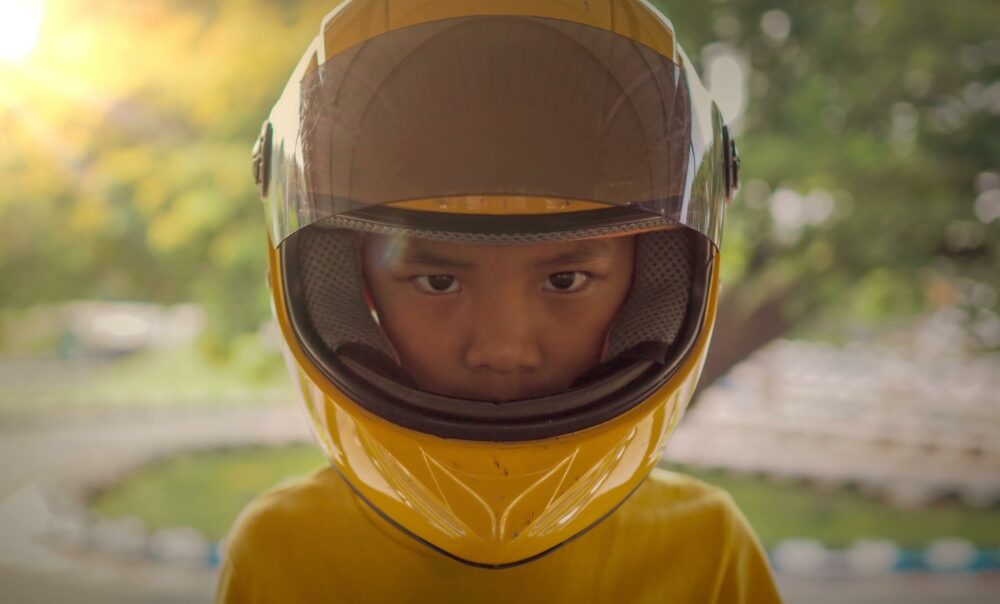
Reduced sound
Some full-face helmets (particularly those designed to be worn on a bike with a motor engine) are good at muffling sound.
This isn’t great if you need to shout instructions to your child.
It’s also dangerous if they’re riding in traffic and can’t hear what’s around them (the same reason we say never let your child wear headphones when cycling)
Helmet fit
As with any helmet, the fit is critical in guaranteeing the equipment works as intended. A loose fit can cause issues in many ways.
For example, if a helmet is too large it can easily slip down over the eyes, which is obviously not good.
Further to this, a loose helmet also adds more space for the helmet to twist on impact, meaning torsional forces are increased which could lead to more severe injuries.
For those that go down the motocross-style helmet route which are much heavier, they can bounce up and down on top of the rider’s head with significant force when on rough ground if there isn’t a snug fit.
Make sure you get a cycle helmet that fits your child correctly. This is crucial in protecting the rider.
Comfort when cycling
You want to avoid your child taking the helmet off because it's uncomfortable, distracting or cumbersome.
Certain types of full-face helmets are designed to be worn only for the duration of a short race. If they're being worn for longer family rides or play sessions at the park then that may start to get uncomfortable, especially in hot weather or when going up steep hills.
Having to deal with visors and chin guards can also be overwhelming for younger children, who are trying to master the art of pedalling, steering or changing gear.
It's much harder to eat and drink whilst wearing a full-face helmet too.
Summary – full face vs open face kids cycle helmets
There are certain types of high-risk cycling where your child is at a greater risk of crashing their bike that mean a full face helmet might be advisable. Their coach, cycle club or venue will be able to advise you.
However, for the vast majority of cycling a traditional kids cycling helmet is more than adequate – especially if they’re just learning to ride, or riding in or around traffic and other dangers they need to be able to see and hear.
Far more important than a full face covering is ensuring that the cycle helmet you’re buying for your child is the right size, correctly fitted and meets the relevant safety standards.
More helmet advice:
- How to measure your child's head for a bike helmet
- Safety standards to look out for when buying a kids bike helmet
- Is your child’s bike helmet fitted correctly?
- Afro hair and kids bike helmets
- How to keep your child's head warm under their cycle helmet
- Should my child wear a bike helmet?
- Cycle helmets for older kids and young teens; a group test
Cycle Sprog's most popular articles
Here at Cycle Sprog we help thousands of families each week find the information they need about kids bikes and cycling together as a family.
We've got hundreds of articles on the website, and we do hope you enjoy browsing them, but if you're in a hurry these are our most popular articles that will get you started.
Where to ride this summer
The summer is here and it's the perfect time to get your kids outside and having fun outside on their bikes.
Cycling is a great way to get the entire family off their screens, doing something together and keeping fit at the same time.
It's important to pick a family friendly cycle route that is suitable for the age and ability of your child.
That's why here at Cycle Sprog we've compiled a range of family friendly bike rides that suit all ages and abilities, from tiny balance bikers through to confident teens.
Our latest articles
Here at Cycle Sprog we're always publishing brilliant new articles, and here's a selection of our newest releases.
The best way to keep up to date with all the latest news, reviews, advice and routes is to sign up for our weekly newsletter.
-
 Kids Ride Shotgun Pro Evo review: the new baby and toddler bike seat for mountain biking
Kids Ride Shotgun Pro Evo review: the new baby and toddler bike seat for mountain biking
-
 Solo cycle touring: freedom with a side of mum guilt
Solo cycle touring: freedom with a side of mum guilt
-
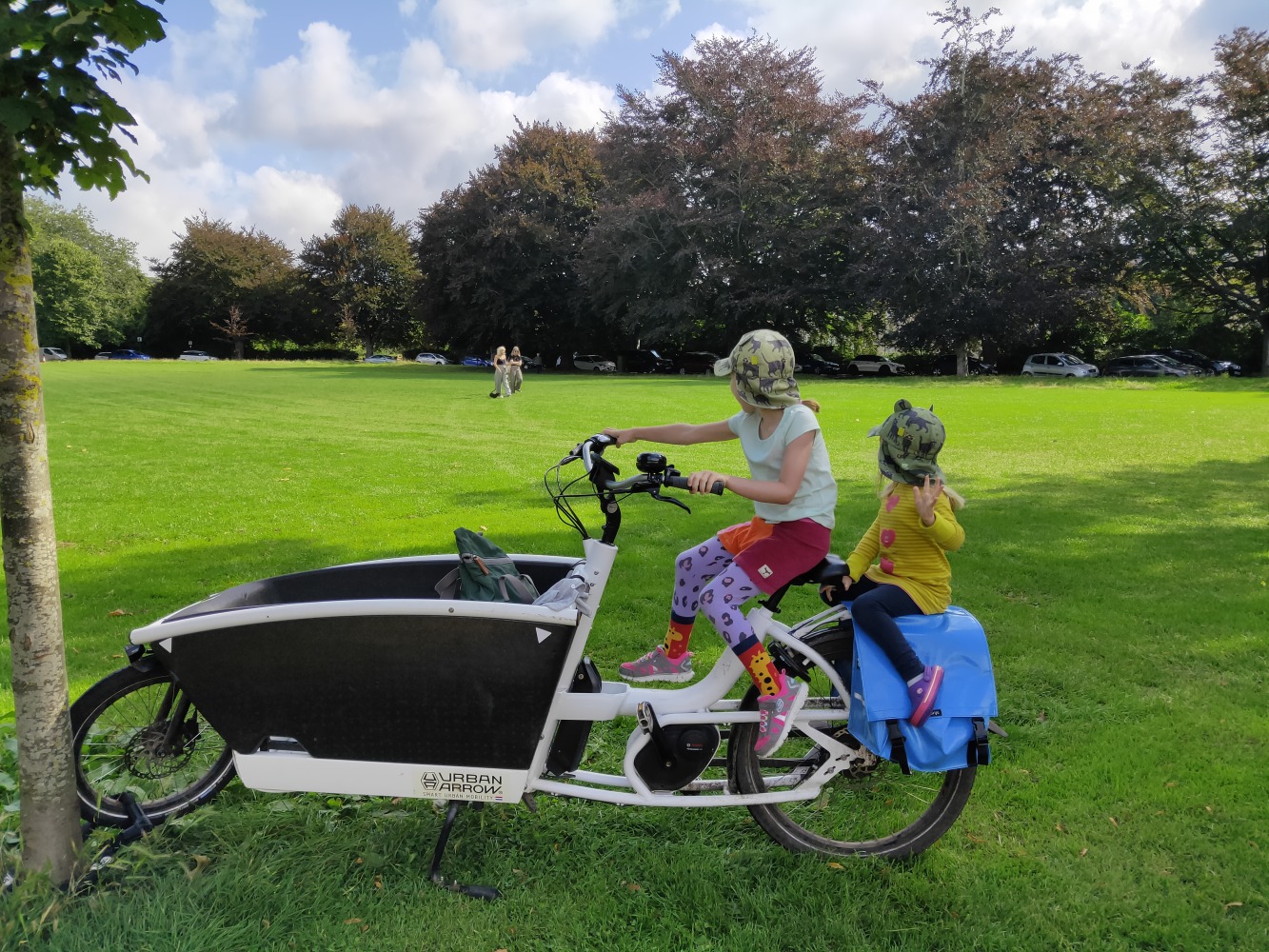 Urban Arrow Family review: the best electric box bike for families?
Urban Arrow Family review: the best electric box bike for families?
-
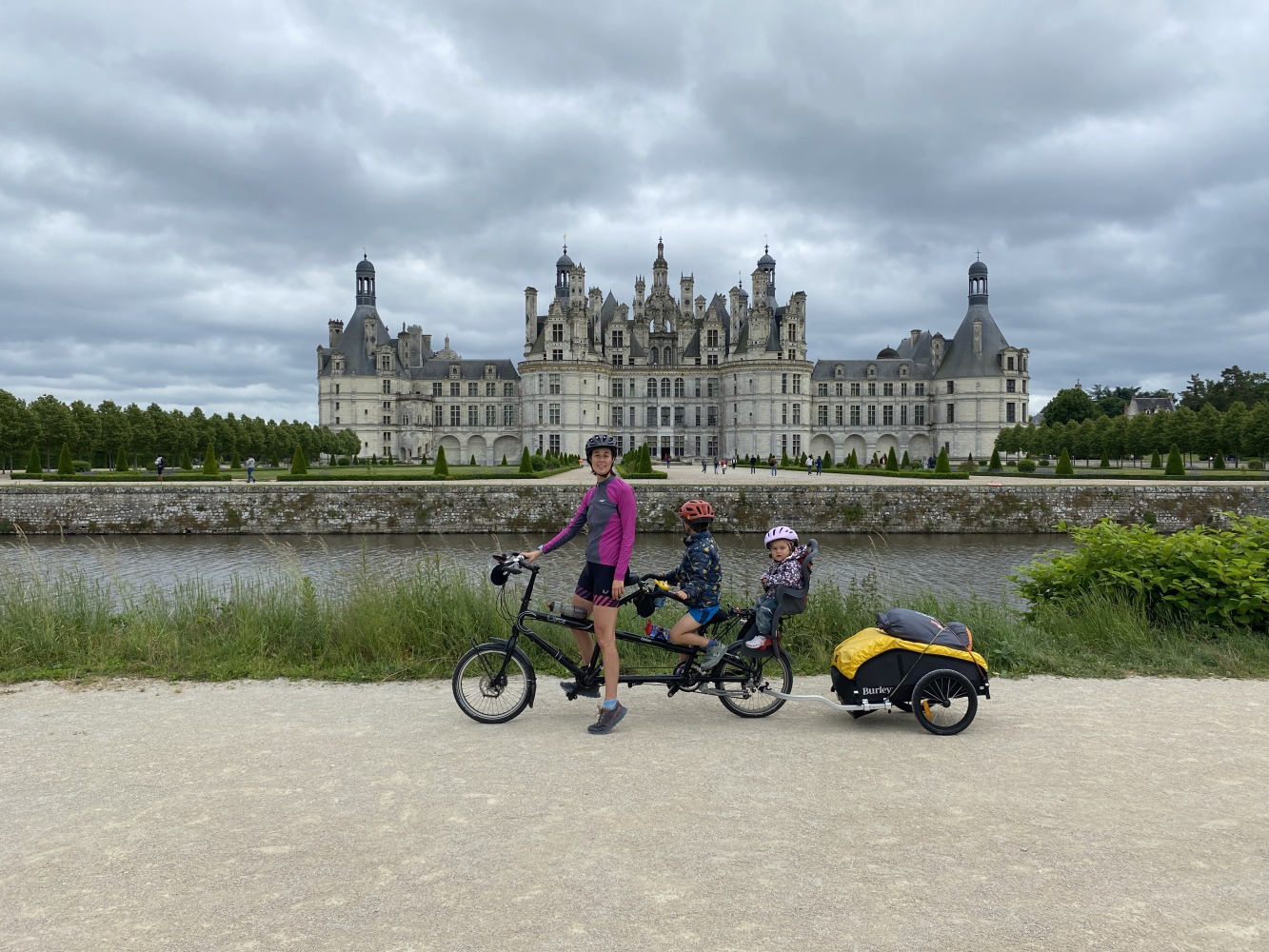 Burley Nomad Cargo Trailer review: A family touring essential
Burley Nomad Cargo Trailer review: A family touring essential
-
 New book inspires teen girls to ride and read: Shred Girls series returns!
New book inspires teen girls to ride and read: Shred Girls series returns!
-
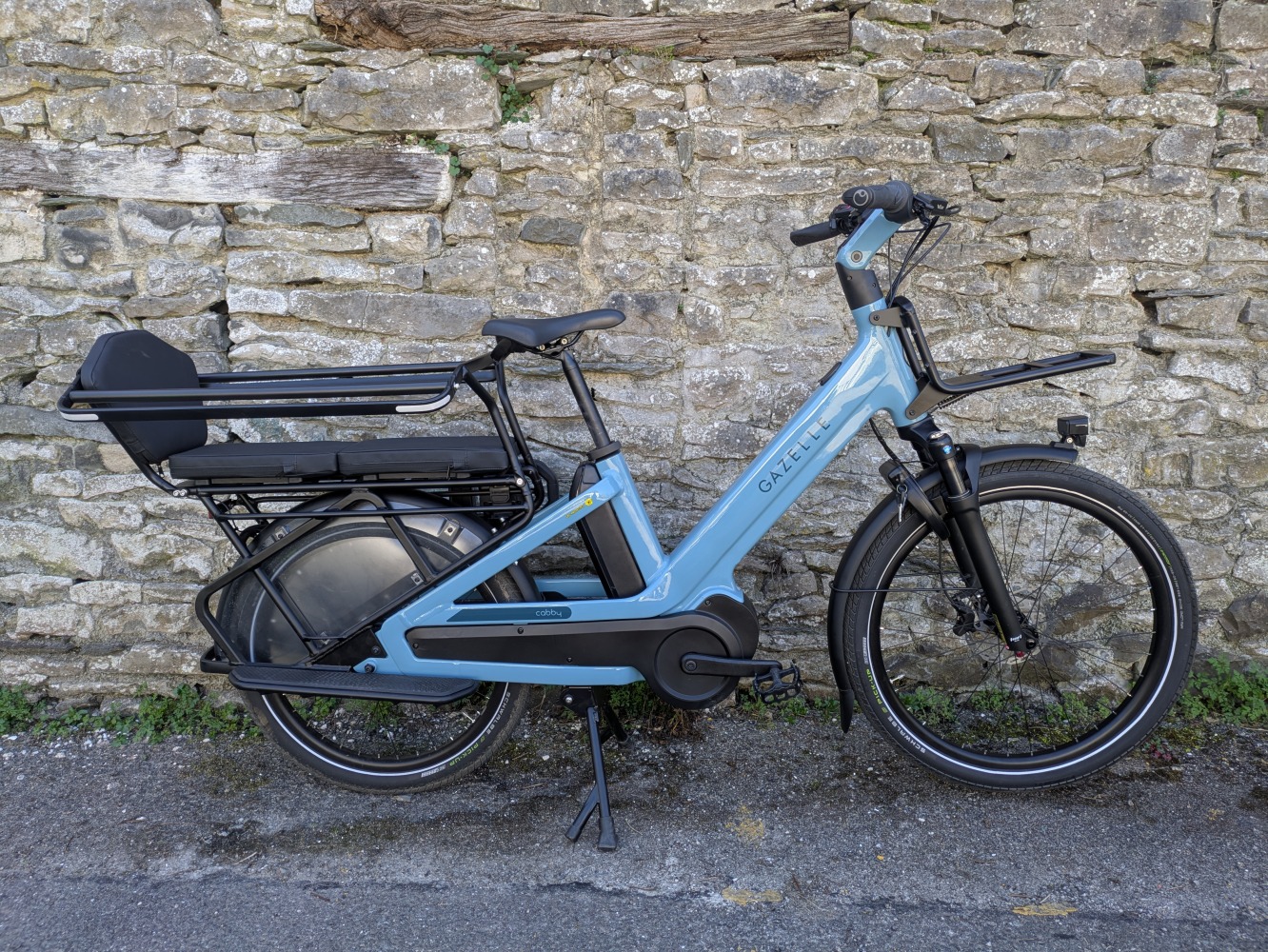 Gazelle Cabby – the new longtail e-cargo bike from Gazelle
Gazelle Cabby – the new longtail e-cargo bike from Gazelle
-
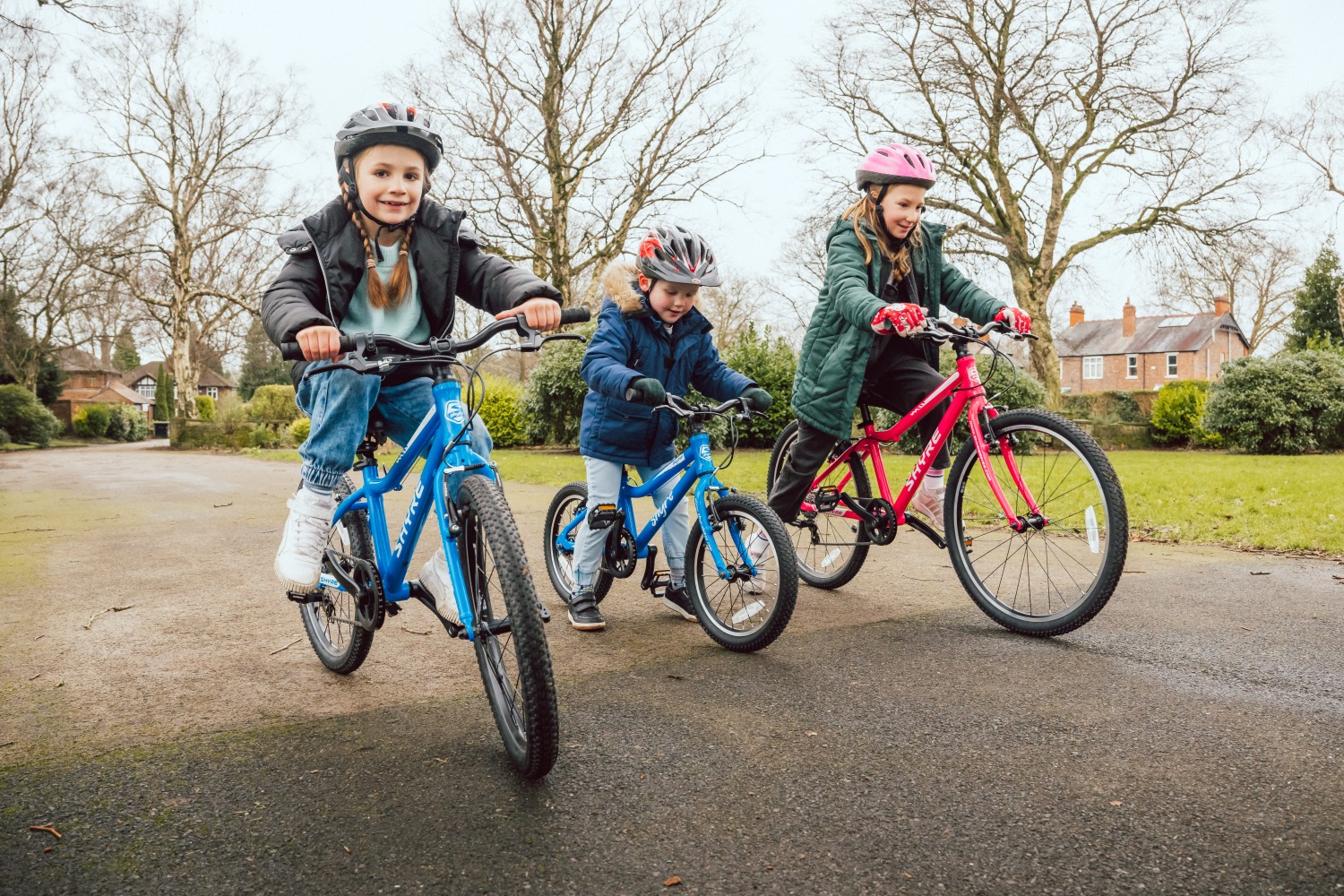 Shyre Bikes range overview: a new kids bike brand built for adventure
Shyre Bikes range overview: a new kids bike brand built for adventure
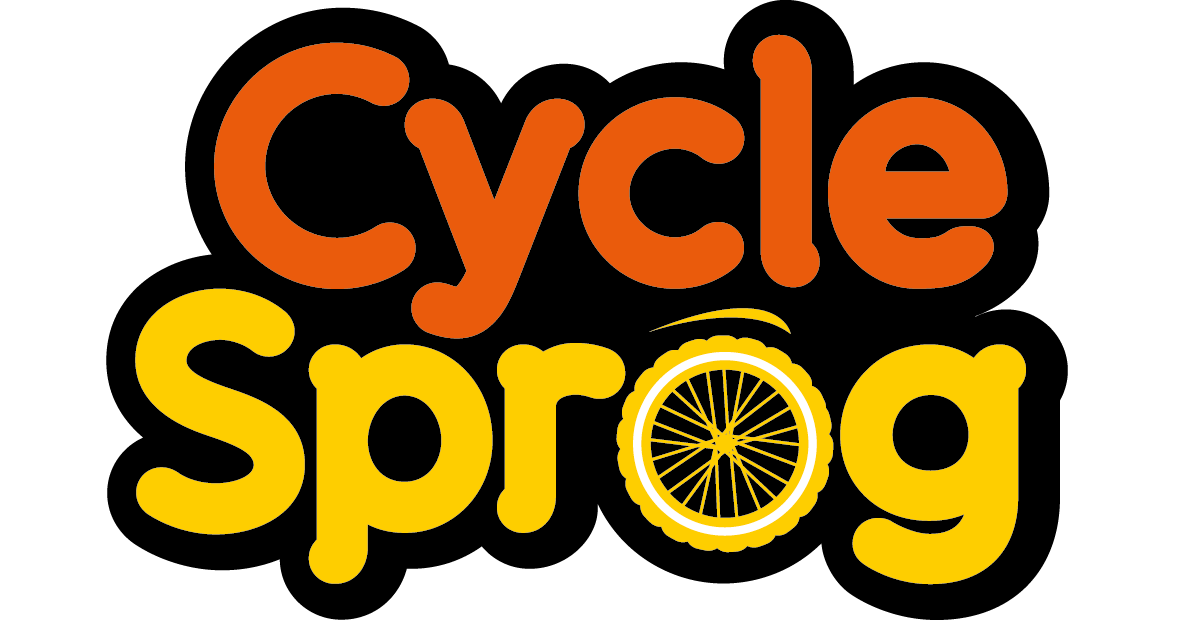



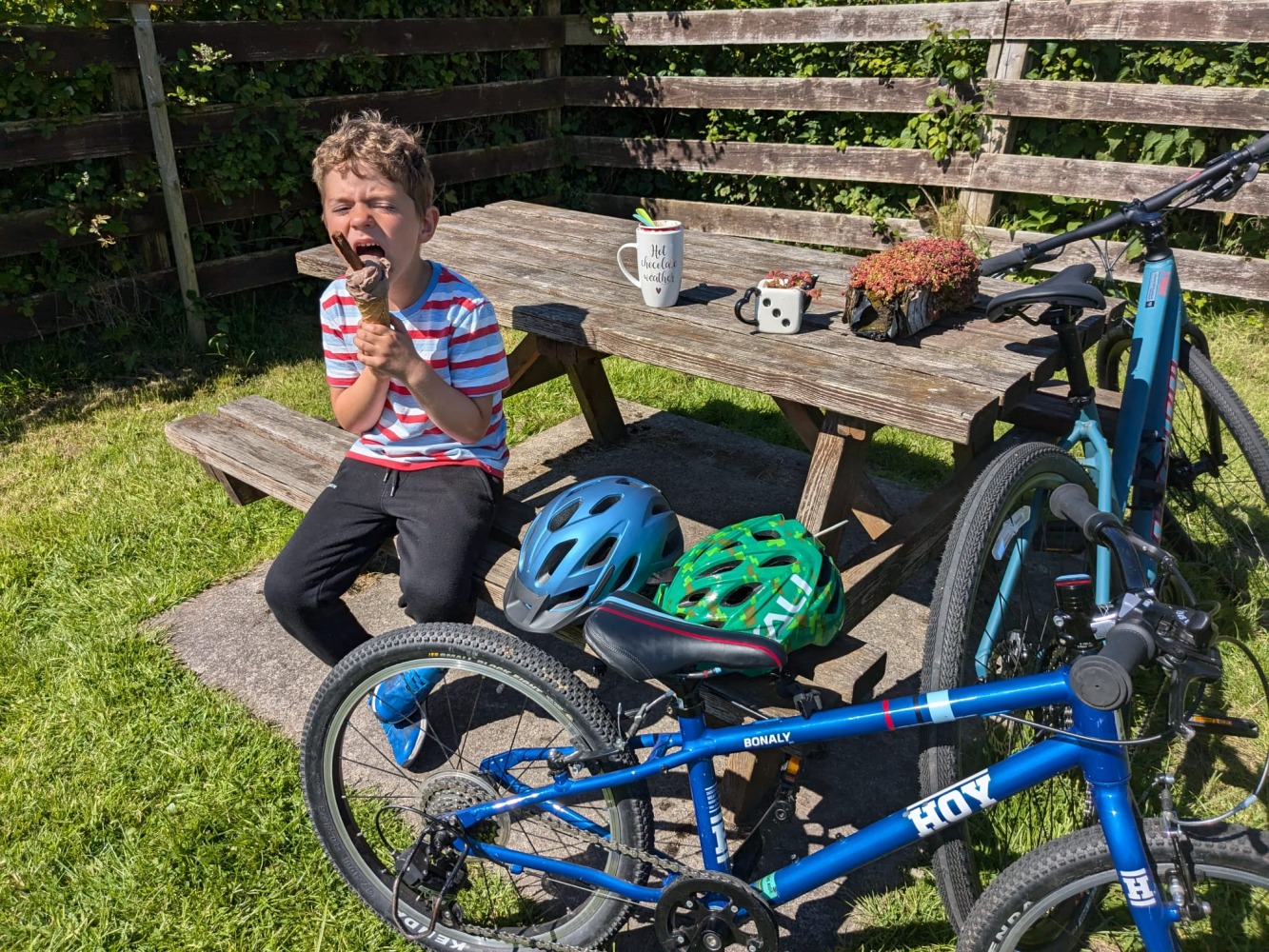
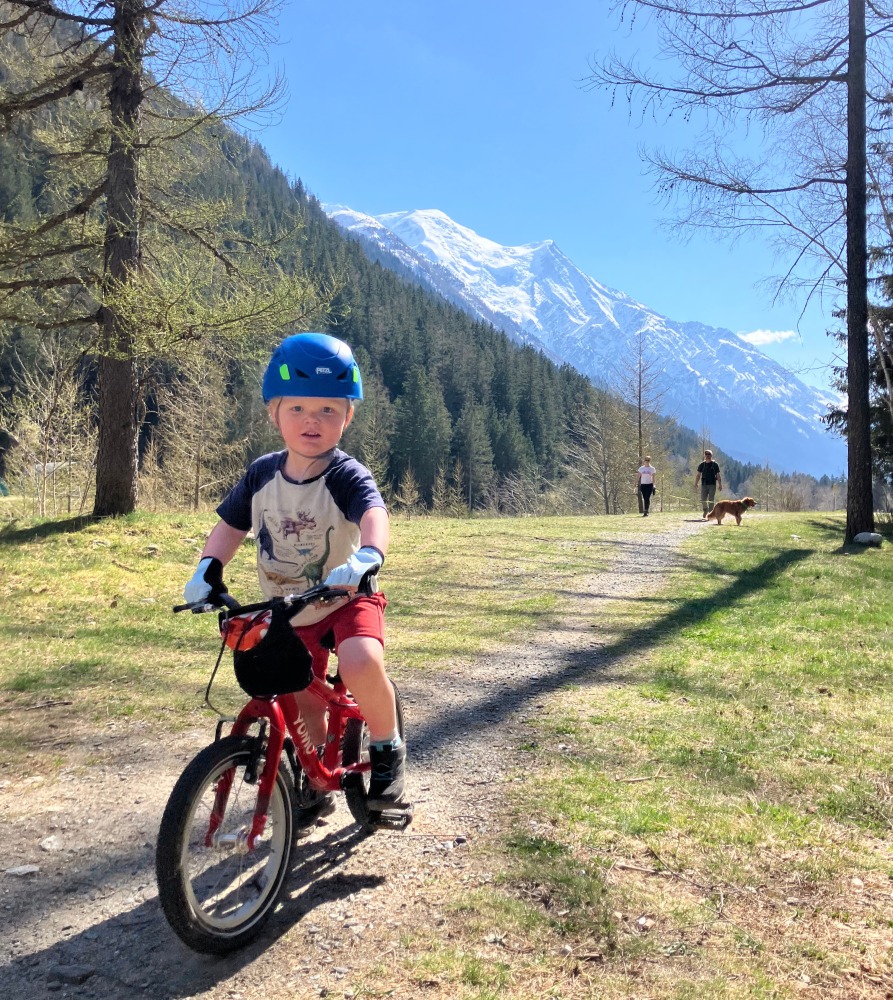
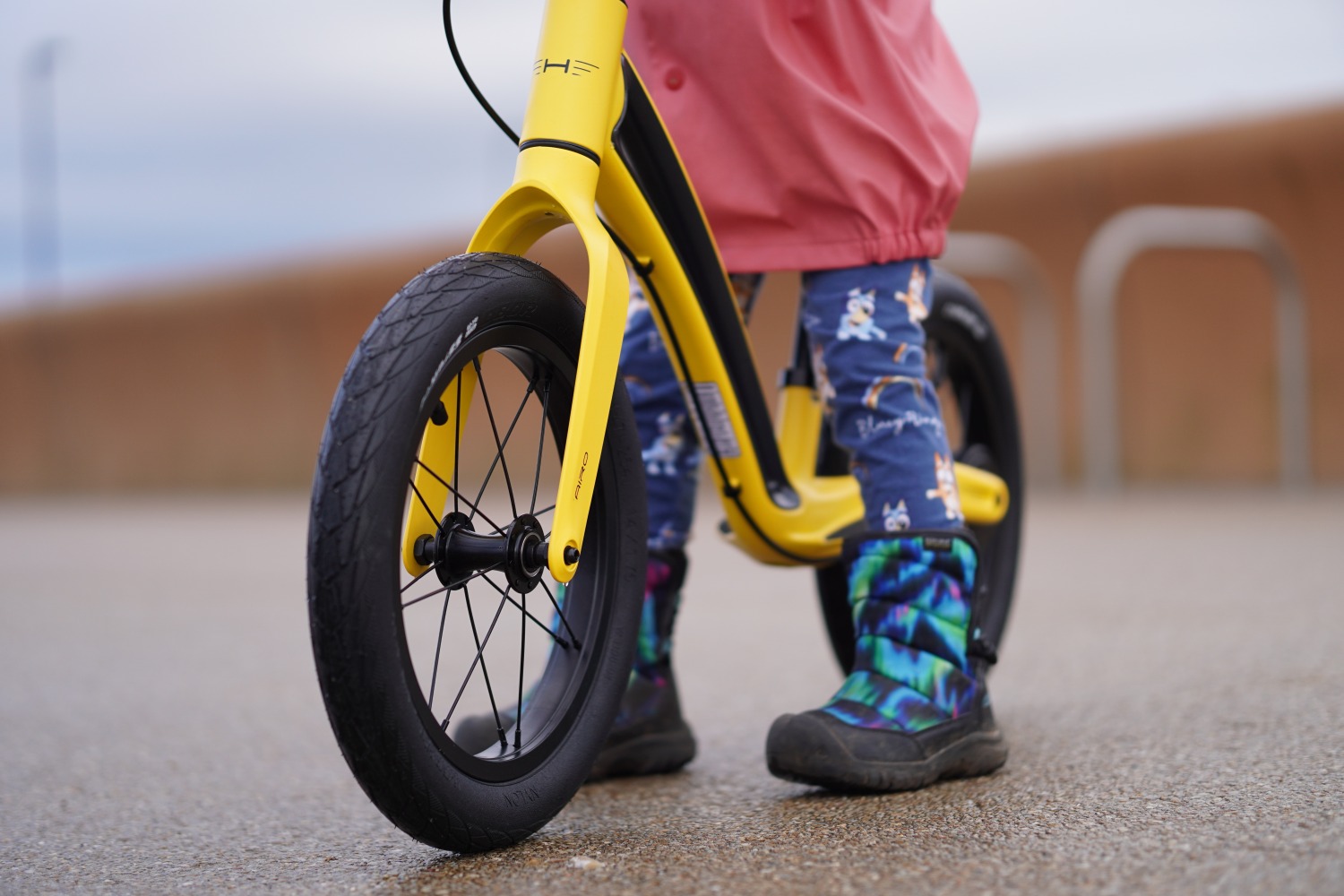
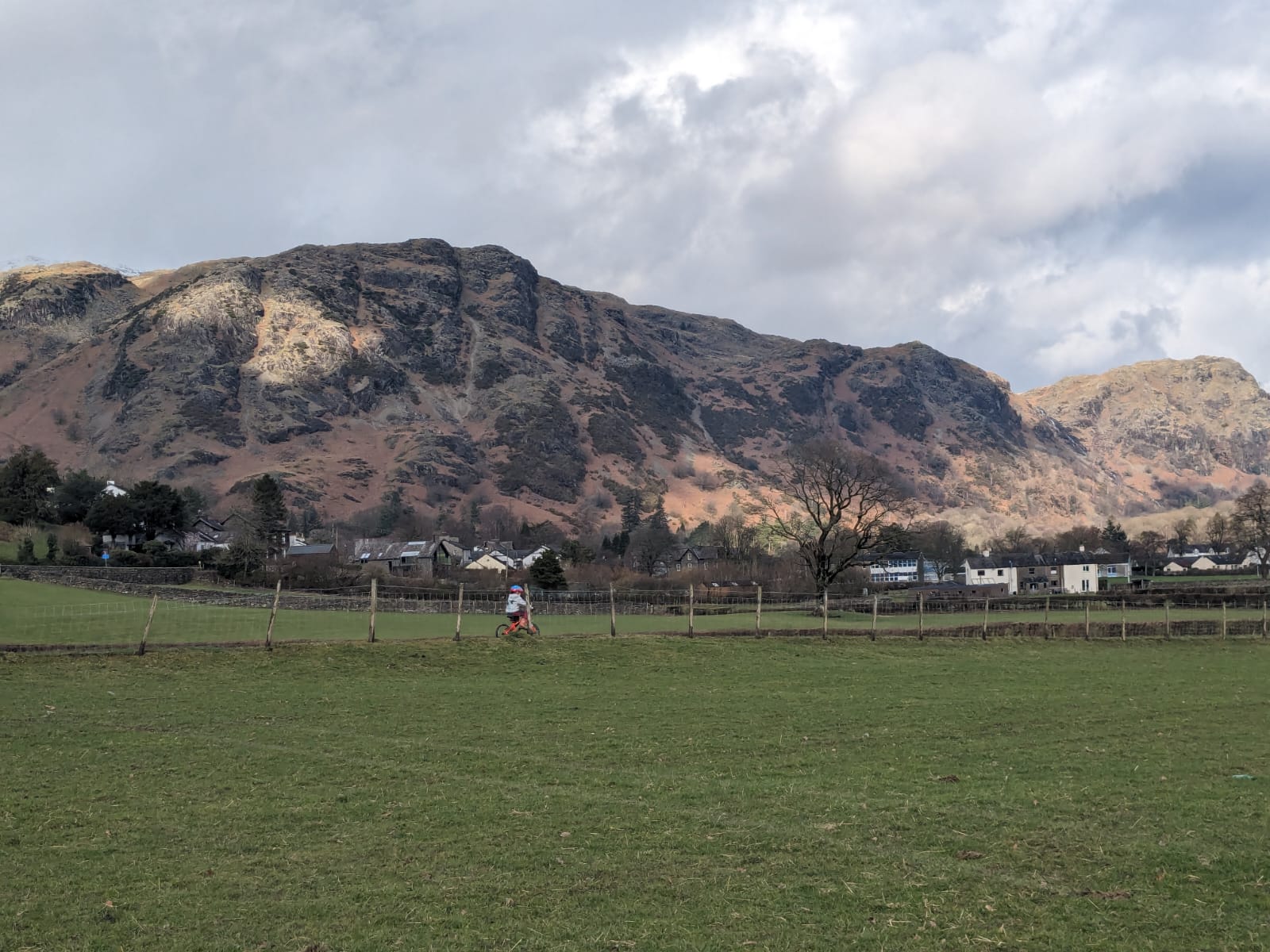
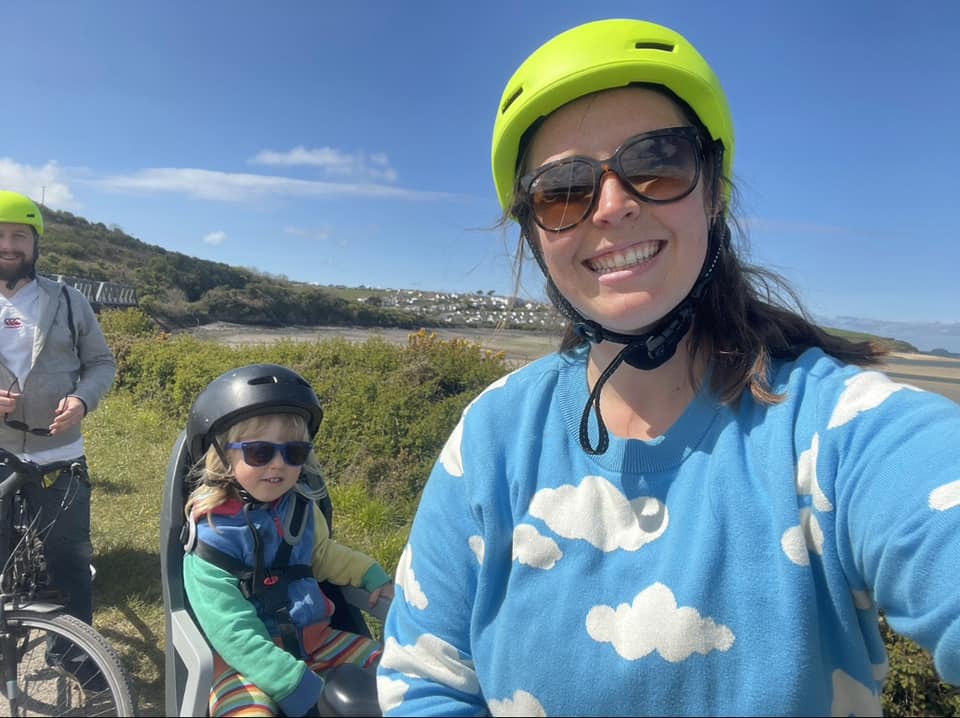
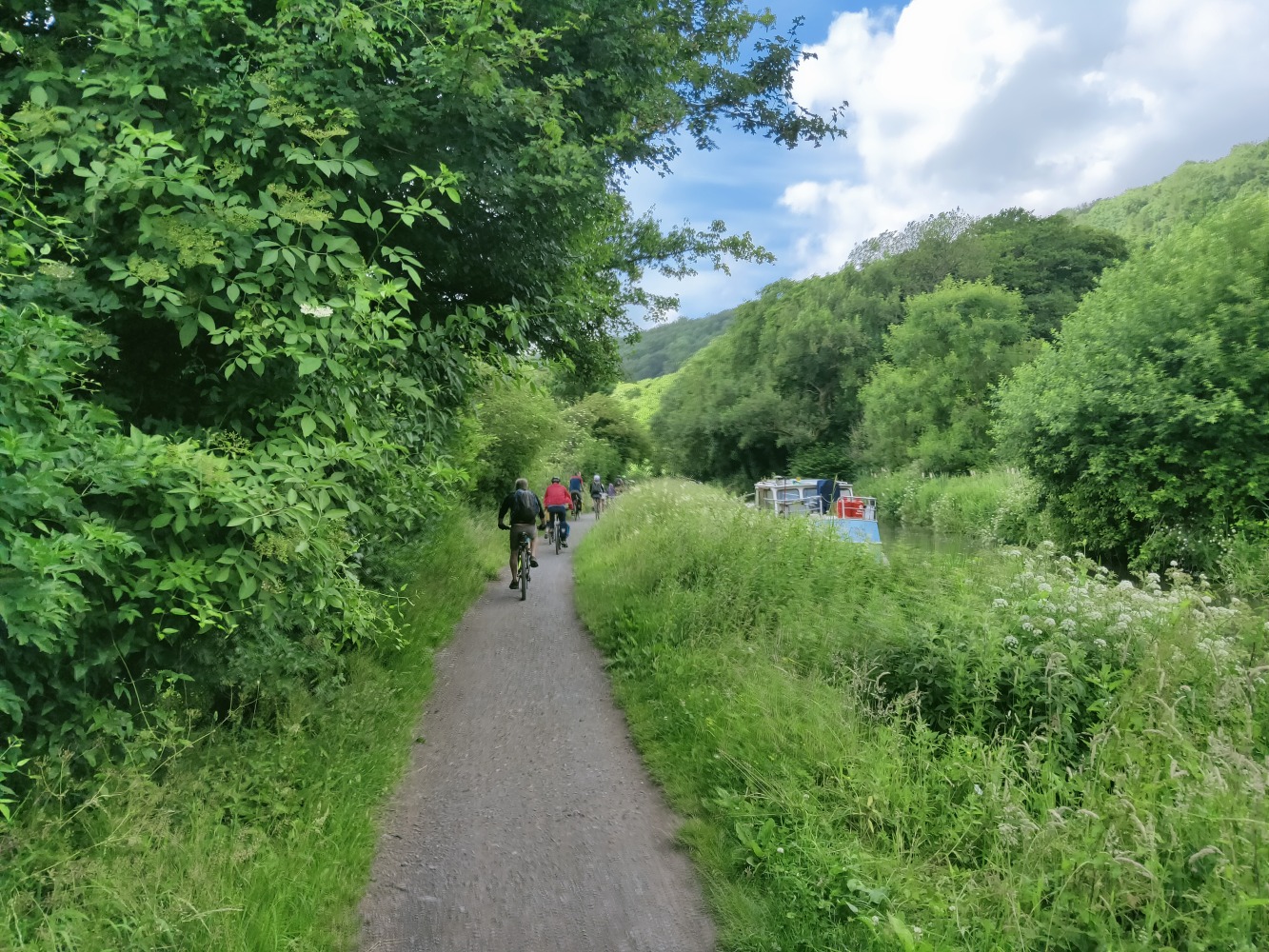
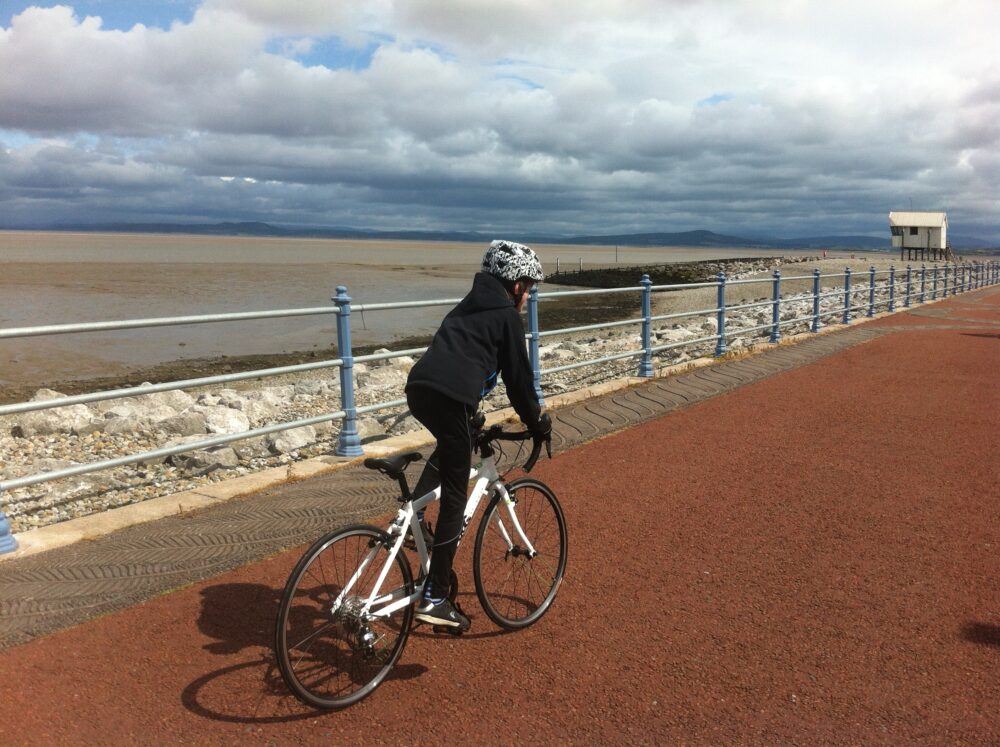
Comments
Hey,
I just read your article about whether kids need a full face hemet when learning to ride a bike. It was very informative and helped me make the decision to just go with a regular helmet for my daughter. Thank you for that!
Cheers,
Jake